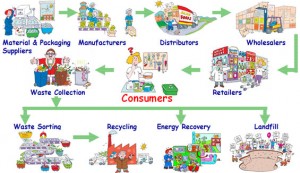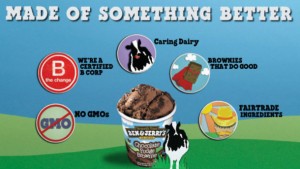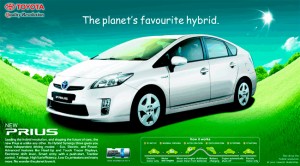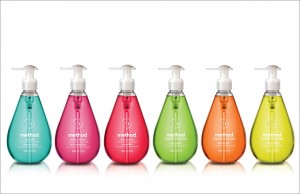In today’s highly-competitive environment, organizations are constantly focused on meeting profit goals and the one marketing mix element that generates revenue is pricing. We must first understand that pricing is only one element of the consumer’s total cost of acquiring, using and recycling or disposing of a product. As such more companies are taking a proactive approach and switching from cost-based pricing to value-based pricing.
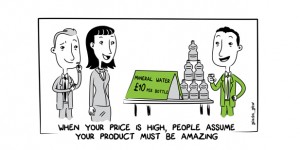
Whether destined for emerging markets or developed markets, firms make mistakes when designing and pricing social innovations. First of all, they miss opportunities to respond to customer needs by over-engineering their offerings or making them too complex. Secondly, they over-price these offerings, thinking that customers will be willing to pay for “green” or sustainable products or for products that serve social needs in developing or under-developed markets. In other words, they over-design or over-price their products or services.
Sustainability has received a lot of attention in recent years. Recent concepts of sustainable value for social innovation have been explored and introduced by experts such as presenting sustainable offerings designed around user needs, tailored for local markets, widely accessible to the target markets, simple in nature and presenting little trade-off with respect to quality. In other words, products and services that fall in the social innovation sphere, carefully crafted to local markets and subject to advanced, needs-based segmentation approaches. Johnson & Johnson, for example, has been very successful at entering the larger Indian hygiene market by designing simple and basic products that respond to the needs of a large market, and priced based on local willingness-to-pay.
Many companies have entered emerging and developing markets by adopting a local-local strategy: local products designed for local customers. They have embraced the fundamentals of the value-based pricing methodology: careful market segmentations, assessment of willingness-to-pay for value drivers, pricing based on this willingness-to-pay, and communication to the market of the sustainable value messages. Value-based pricing in that case does not mean high or premium prices. It means pricing sustainable and social innovations based on the local customers’ willingness-to-pay. Many companies complain they cannot get additional premiums in emerging markets for their “green” or sustainable technologies. They are looking at this in the wrong way. By over-designing their offering or miscalculating willingness-to-pay, they over-price innovations and miss their market target.
Referenced from:
1) http://www.marketingdonut.co.uk/marketing/marketing-strategy/pricing/why-value-based-pricing-works-best
